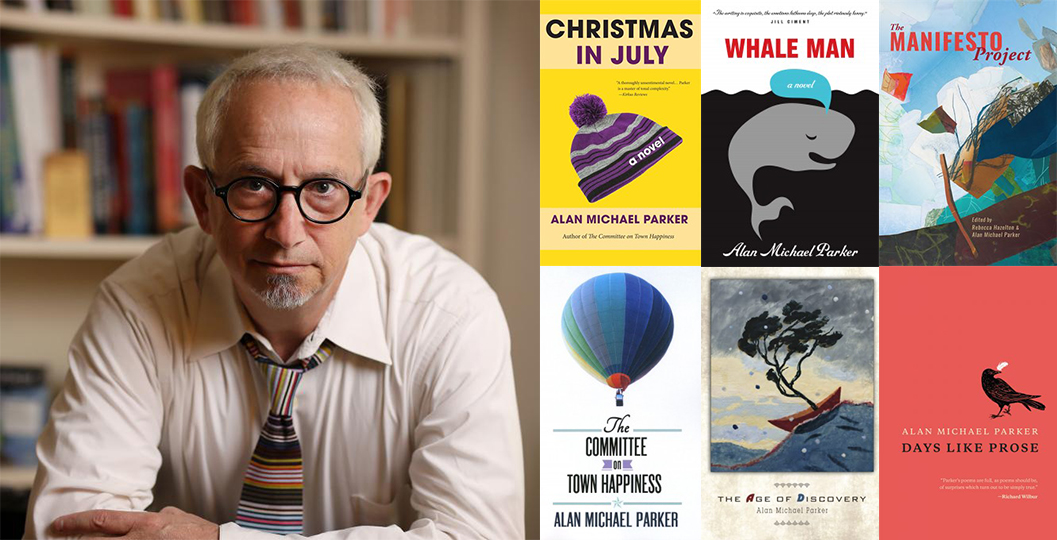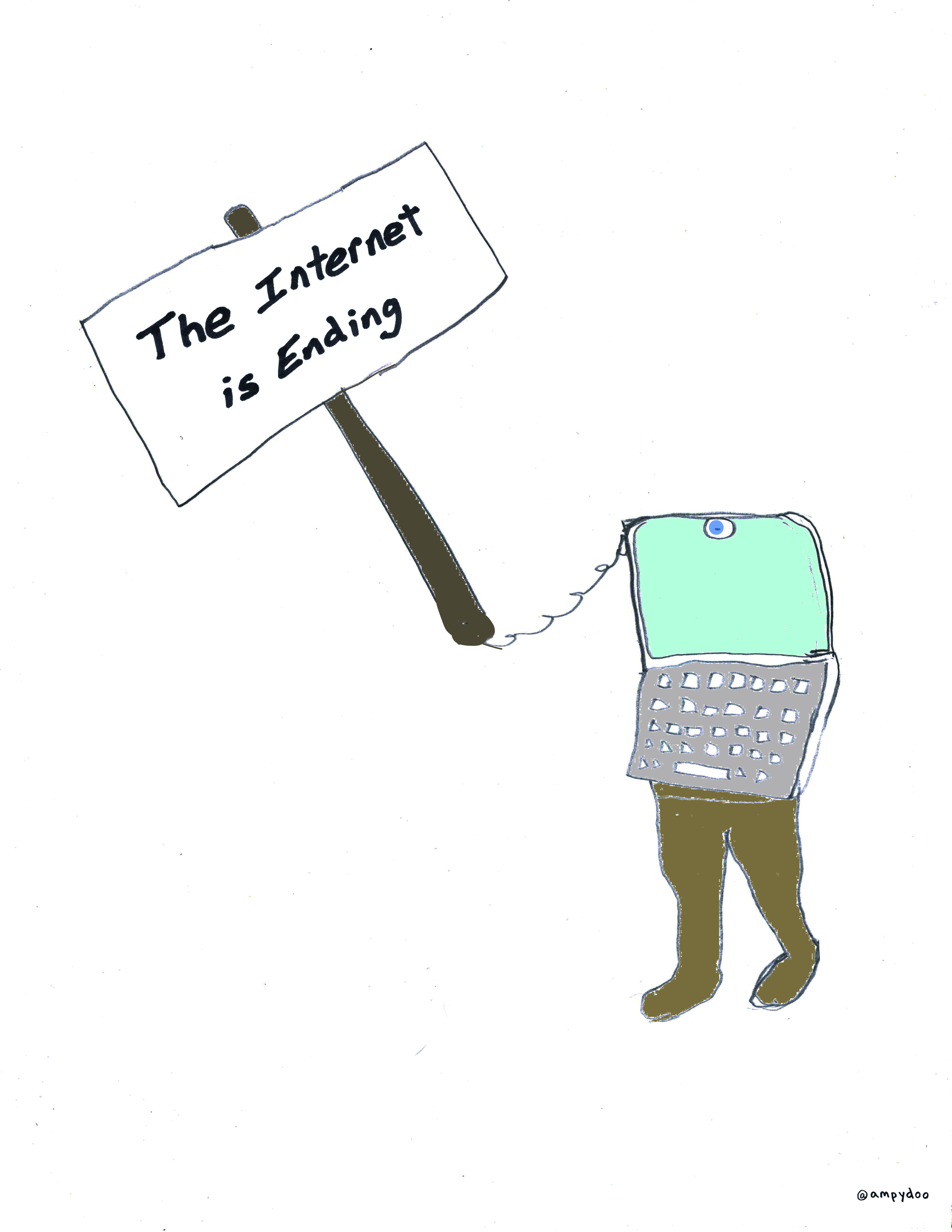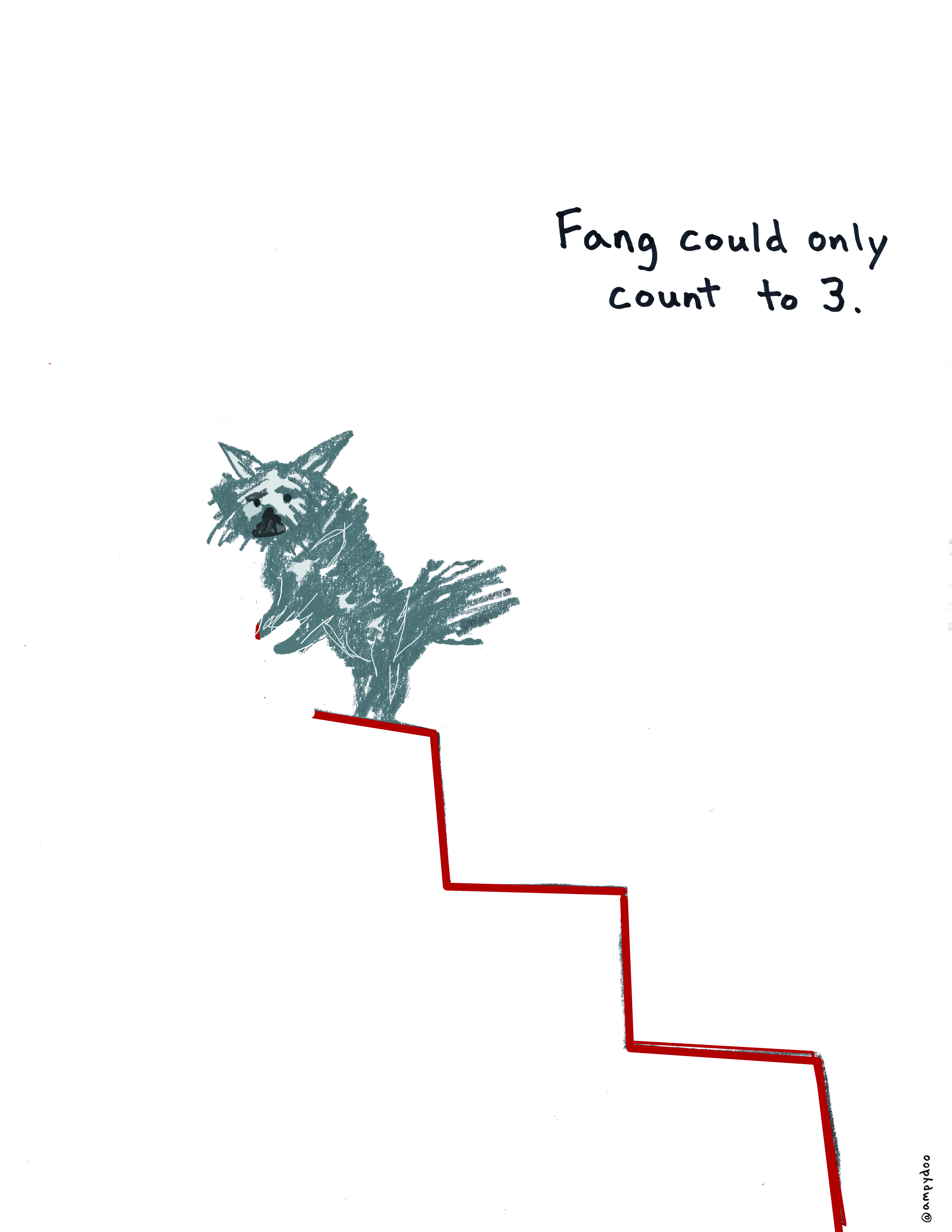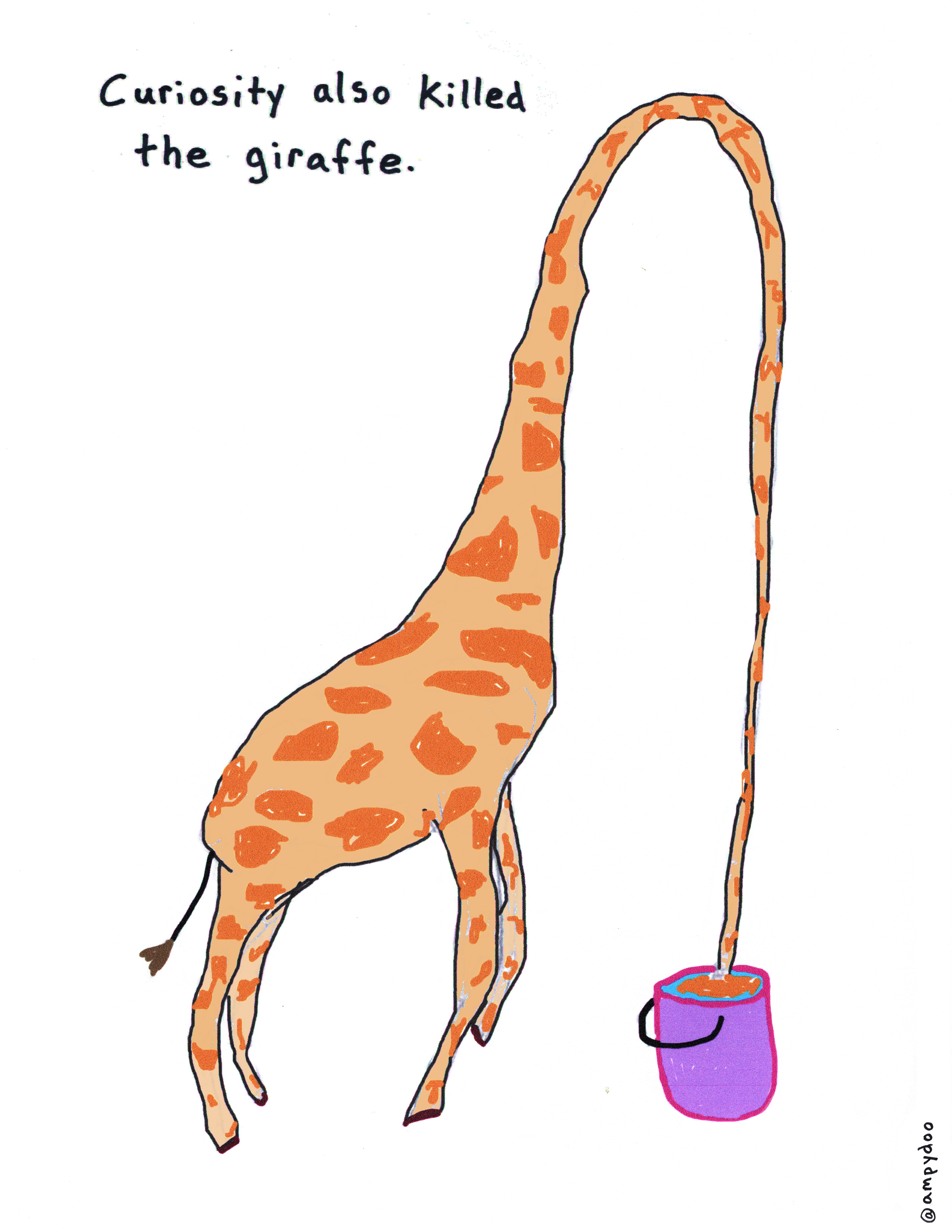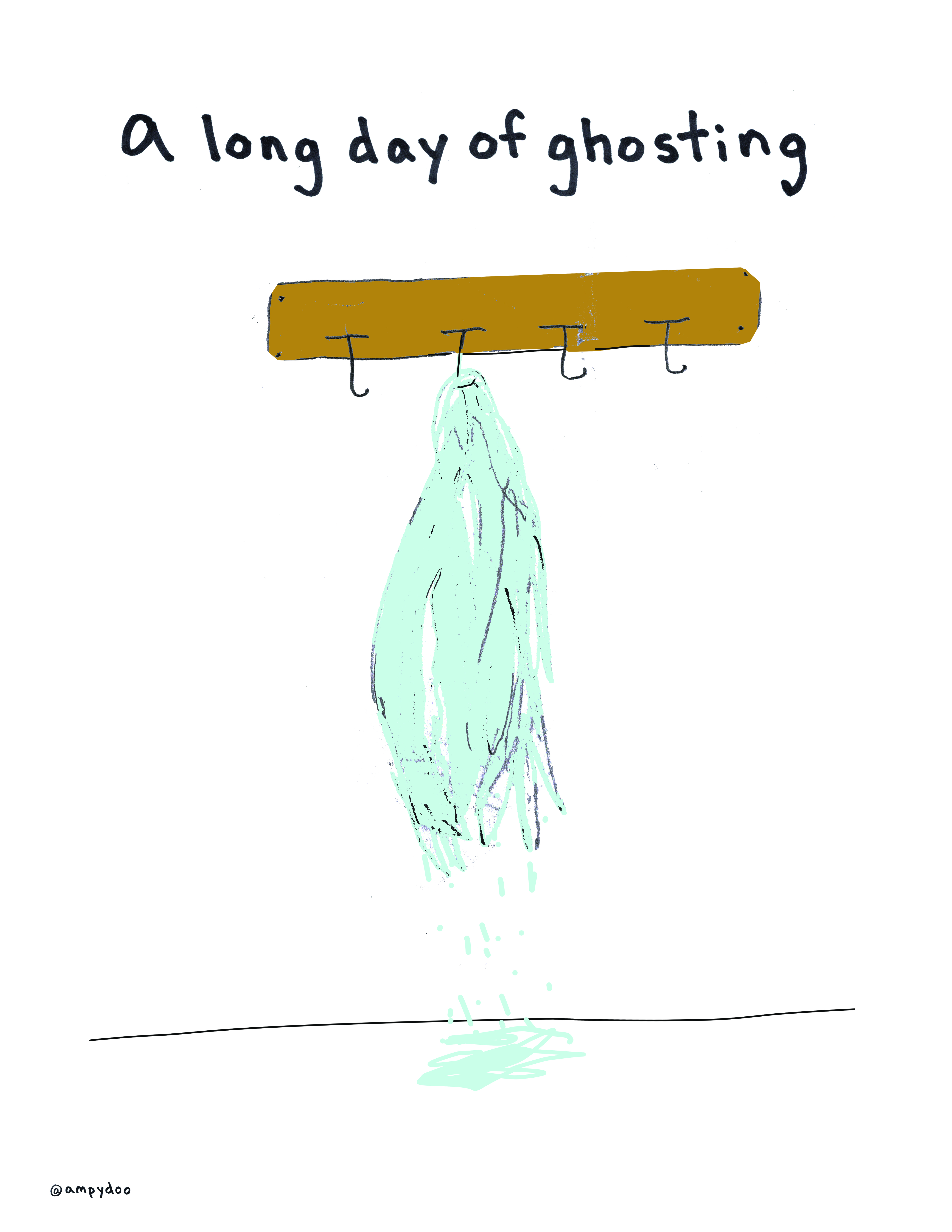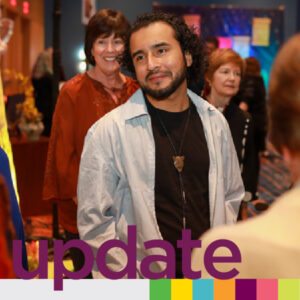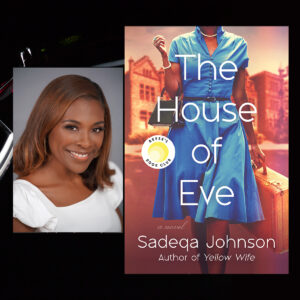The world’s on fire, and I’m making cartoons. I guess someone could see that sentence as disjunctive, but there’s actually a relationship between these events—some sense I have that art, and laughter, become even more necessary as we need to remind ourselves of our humanity. No one’s skipping past the flames, I promise, and never does the work I do happen on Planet Eyes-Closed. Notwithstanding, my cartoons are happening, and they run the range from ironic to silly.
So, here are a few cartoons of mine, followed by a few cartoonists I’ve been reading, and come to love.
Click on cartoons below to see full size.
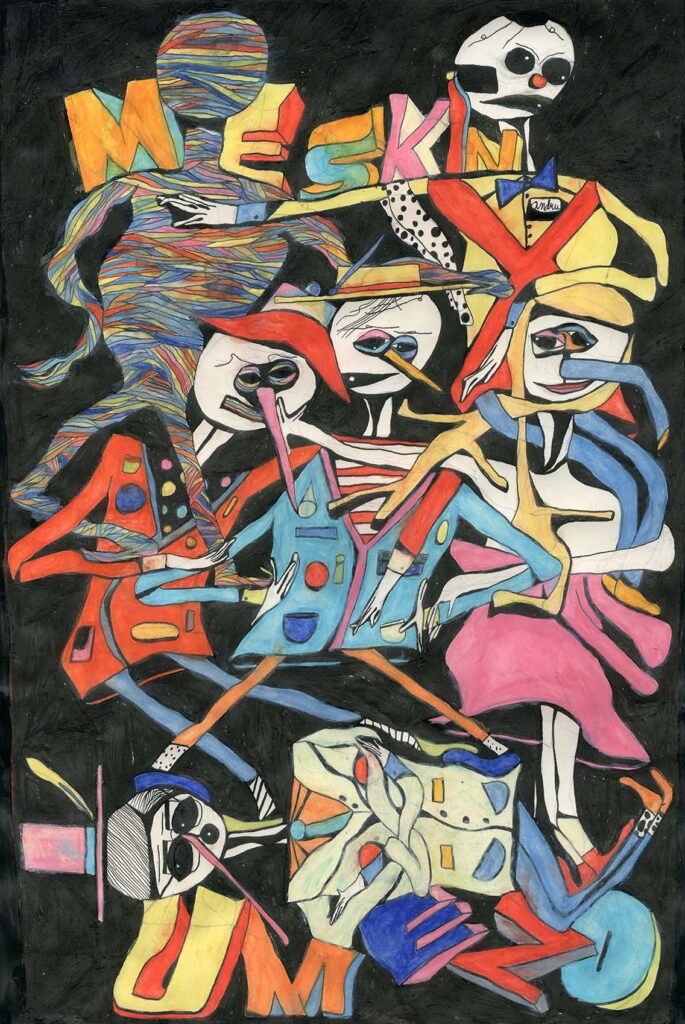
Austin English is a big-brained comics wunderkind living in Brooklyn who both makes and teaches comics but also runs Domino Books, a bookstore/press (which in industry terms is called a “distro.”) English’s comics are obsessive, kinetic, and gorgeous: his characters take on multiple facial forms with their emotions, the ability of the medium fully elevated in expressive flair and brilliance. What I love most about these stories and his novel—the most recent work—is the sense that we’re lost in a combo world of Weimar excess, art historical know-how, and Postmodern angst. He’s really an artist for this moment and later. Wow, can he draw. Check out his latest novel, Meskin and Umezo, as well as his previous volume of stories, Gulag Casual.
BTW, Austin English will be spending a week on Davidson’s campus in the Spring, doing a residency, and will make a couple of public presentations of his work. Tickets will be free.
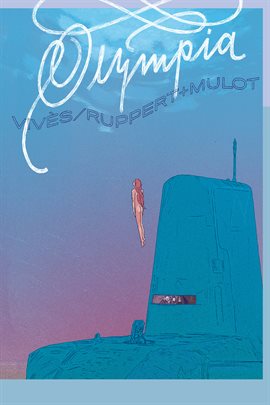
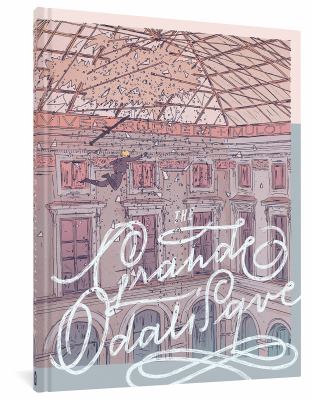
So I’m a sucker for capers and heists. The cleverness of the turns enthralls me—so much so that I tend to overlook poor character development if the plot’s good. Frankly, I have this reader’s response to no other genre, a phenomenon I cannot explain. But when I first read The Grande Odalisque and Olympia, linked novels by the French trio of artists Vivès, Ruppert, and Mulot, I was doubly hooked, because the protagonists are women, and bad-ass—and not the women imagined by the men who invented superheroes.
Also, what artwork: these images are gorgeous, with rich backgrounds, flowing interiors, and resonant gutters (the technical term for the space between panels in a comic book) that trust me to figure out the plot. The stories aren’t experimental; the characters are cat burglars, and the plots have definitive arcs. Nevertheless, the drawing’s gorgeousness stands out, and the feminism matters.
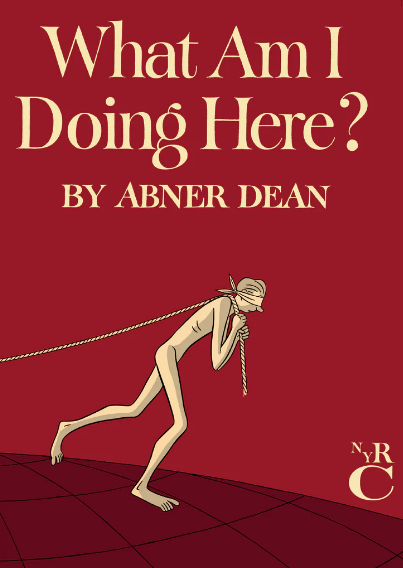
Then there’s Abner Dean (1910-1982), the weirdest of the comic artists I’ve come to love. An illustrator in NY for the “slicks,” he made his own work too, and produced a half-dozen volumes of the strangest work you’ll find. People’s faces go the wrong way, and naked people completely lack genitalia, and the Surrealism of the situations has a distinctly urban, Fritz Lang-ish (dis)connection to technology. When I want to remember that I’m allowed to do anything, I’m rereading Abner Dean. Check out What Am I Doing Here.
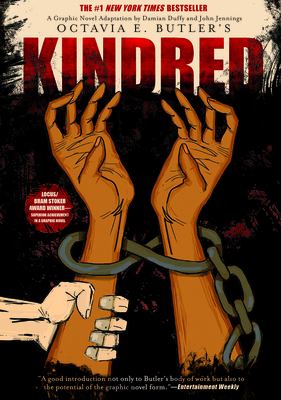
Octavia E. Butler’s Kindred is one of my favorite novels. A searing exploration of slavery via time-travel, nuanced and angular, informed by an inter-racial couple’s experiences of racism in the 1960s in San Francisco, the book has long been on my American Fiction syllabus. With the graphic novel adaptation done by award-winners John Jennings and Damian Duffy in 2018, the book has become another kind of classic: a thoughtful investigation of depiction, and what images do in relation to text. What’s right to show? What must be shown? Jennings and Duffy, a Black and white man, respectively, make these decisions in timely, nuanced ways. Plus it’s still Kindred.

